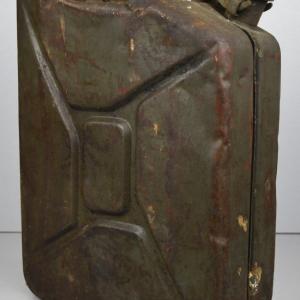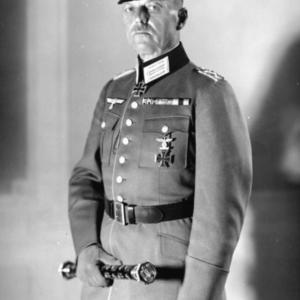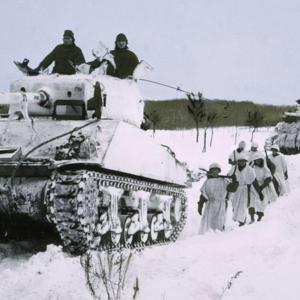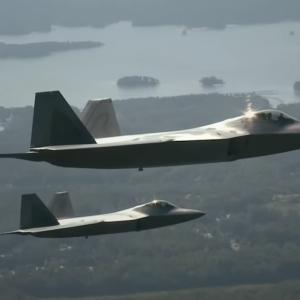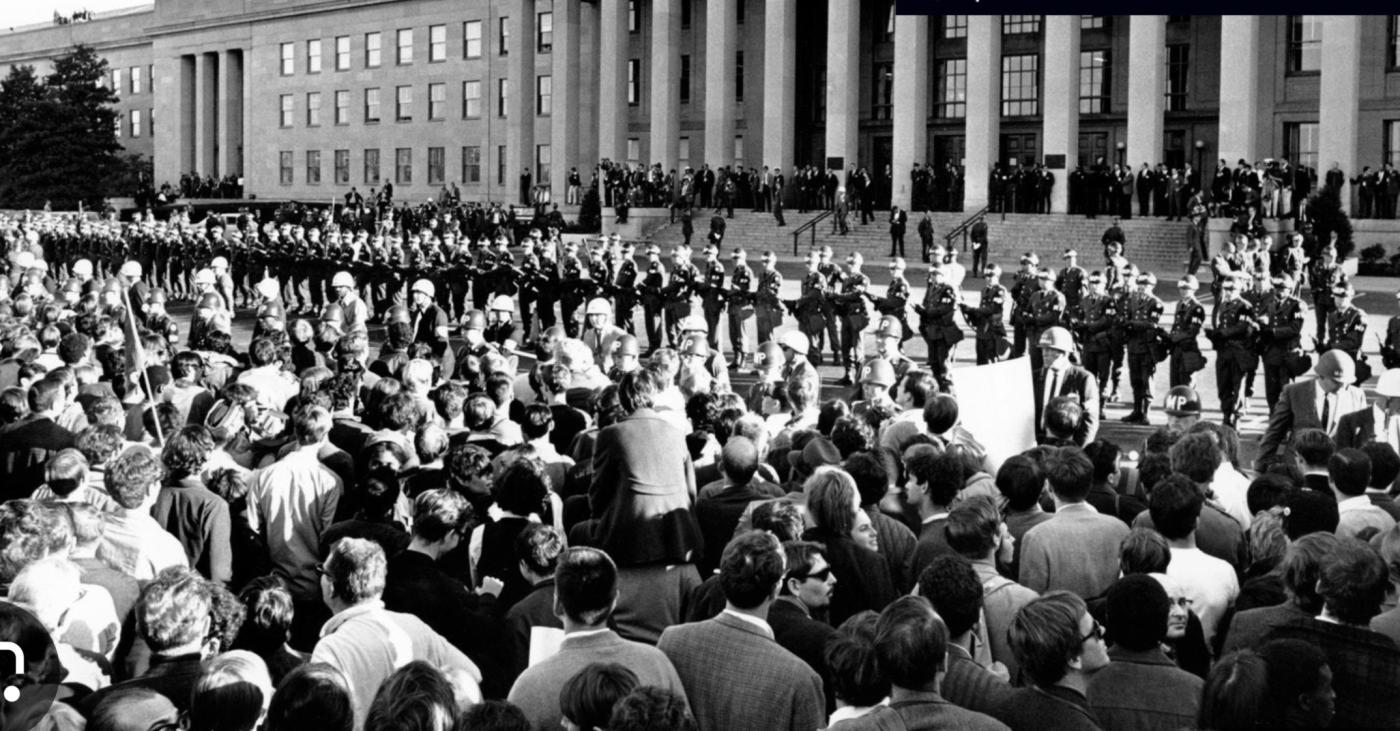
Vietnam War Protest
On October 21, 1967, one of the most dramatic and symbolic protests of the Vietnam War era took place just outside the Pentagon, the headquarters of the United States Department of Defense. This mass demonstration, organized by the National Mobilization Committee to End the War in Vietnam—commonly referred to as "the Mobe"—was a defining moment in the anti-war movement and marked a turning point in the public’s growing frustration with the ongoing conflict in Southeast Asia.
Roughly 100,000 people gathered in Washington, D.C., to voice their opposition to the war. The protest began with a rally at the Lincoln Memorial, where prominent speakers including Dr. Benjamin Spock, Norman Mailer, and Coretta Scott King addressed the crowd. These speeches reflected a deep and growing disillusionment with the U.S. government's actions in Vietnam, criticizing the rising death toll, the draft, and the war’s moral and strategic failures. Protesters included students, clergy, intellectuals, artists, and ordinary citizens—an unusually broad coalition that underscored the depth of national unrest.
After the rally, around 50,000 demonstrators marched across the Potomac River toward the Pentagon in a dramatic and symbolic move. Their intention was not just to protest, but to confront the institution most associated with the war effort. The Pentagon, an enormous five-sided building of concrete and authority, stood as the nerve center of U.S. military operations. Some protesters hoped to "exorcise" it—literally attempting to rid the building of evil through theatrical displays and acts of civil disobedience. This idea was encouraged by the counterculture poet Allen Ginsberg and others who envisioned the protest as a blend of political activism and spiritual confrontation.
As demonstrators approached the Pentagon, the atmosphere shifted. While many were committed to nonviolence, tensions rose quickly. The U.S. government had mobilized over 2,500 armed soldiers, including military police and paratroopers from the 82nd Airborne Division, who formed a defensive line around the building. When protesters tried to push through the barriers and sit on the Pentagon steps, clashes broke out. Some demonstrators threw objects, others taunted the soldiers, and some attempted to break through the barricades. Tear gas was used, people were beaten or dragged away, and chaos unfolded as the protest turned into a riot in certain areas.
Approximately 680 people were arrested during the confrontation. Among those detained were well-known figures like Norman Mailer, who later documented the event in his Pulitzer Prize-winning book The Armies of the Night. The raw emotion, ideological divides, and violent clashes captured in Mailer’s account made the protest one of the most well-known anti-war events of the era.
What had started as a peaceful, if passionate, demonstration turned into turmoil largely because of the emotional intensity of the crowd, the heavy military presence, and the deep frustration that many Americans felt about the war. The protest was not just about policy; it was about the values and direction of the country itself. For many, standing at the Pentagon symbolized a direct confrontation with the machinery of war and authority. The physical setting of the demonstration—so close to the heart of military power—added to the volatility of the situation.
This protest at the Pentagon became a landmark moment in the anti-war movement. It showed how widespread opposition to the war had become and revealed the willingness of ordinary Americans to challenge the government in highly visible and confrontational ways. It also foreshadowed the continued unrest and protests that would escalate over the coming years, culminating in even more intense clashes between demonstrators and authorities.
While it did not immediately change U.S. policy, the October 21 protest deeply influenced public perception of the war and the growing divide between the government and its citizens. It also marked a moment when protest crossed into performance, civil disobedience became civil resistance, and opposition to the Vietnam War became one of the central struggles of a generation.


